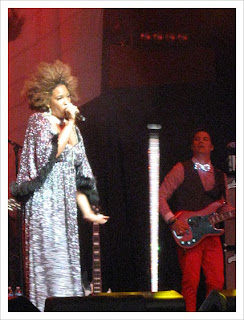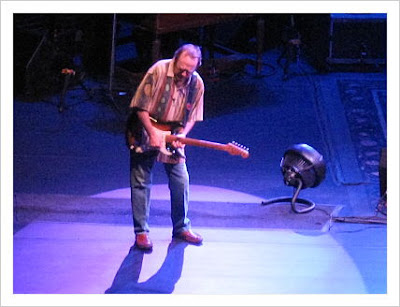 Walker Evans, Subway Portraits 1938-41, National Gallery of Art, Washington, gift of Kent and Marcia Minichiello/copyright, Walker Evans Archives, Metropolitan Museum of Art
Walker Evans, Subway Portraits 1938-41, National Gallery of Art, Washington, gift of Kent and Marcia Minichiello/copyright, Walker Evans Archives, Metropolitan Museum of ArtMost of the individuals reflect a state of unease and unhappiness, at least when they are alone. Bruce Davidson's subway scenes present more than one person who may be at odds with another.
Other photographers in the show are Harry Callahan (1912-1999), Walker Evans (1903-1975), Robert Frank (b. 1924), and Philip-Lorca diCorcia (b. 1951). Bruce Davidson (b. 1933) was on hand for the exhibition’s opening.
 Curator Sarah Greenough talks about the photography exhibition at the National Gallery of Art/Patricia Leslie
Curator Sarah Greenough talks about the photography exhibition at the National Gallery of Art/Patricia LeslieWalker Evans took his famous subway pictures from a camera hidden inside his coat. Frank took photographs of people on the streets in New York in 1958 while he was riding a bus. DiCorcia sheds light in spectacular fashion upon unsuspecting New Yorkers, the most striking to me, the businessman.
Davidson was the only artist who asked his subjects for permission to be photographed, and the responses were not altogether positive but gruff and unfriendly at times.
But it is Callahan’s singular shots of women’s faces which are the most upsetting. There in black and white taken on the streets of Chicago in 1950 are the women who walk by, not knowing they are the center of the camera's attention, not inclined to reveal a different demeanor from what they felt inside, showing in their honesty and unconscious appearances, the repression, unhappiness and trepidation they lived during that lonely decade. The few near smiles are stilted and wan. Pain is evident.
 Harry Callahan, Chicago, 1950, collection of Randi and Bob Fisher, copyright, The Estate of Harry Callahan/Pace/MacGill Gallery, New York
Harry Callahan, Chicago, 1950, collection of Randi and Bob Fisher, copyright, The Estate of Harry Callahan/Pace/MacGill Gallery, New YorkNothing was staged or rehearsed for this show. Evans wanted his subjects to be unconscious of the camera, and he waited 20 years before he published his pictures, concerned about the invasion of privacy.
They are us. In solitude, this is how it is? And how we are? There is something to be said about the loneliness of the individual and how unnatural a state it is.
The exhibition is made possible through the support of The Ryna and Melvin Cohen Family Foundation and the Trellis Fund. Tru Vue provided in-kind support.
What: I Spy: Photography and the Theater of the Street, 1938-2010
When: Now through August 5, 2012, Monday through Saturday, 10 a.m. - 5 p.m., Sunday, 11 a.m. - 6 p.m.
How much: No charge
For more information: 202-737-4215 or www.nga.gov.
Metro stations: Judiciary Square, Navy Memorial-Archives, or the Smithsonian










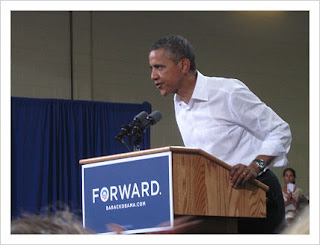




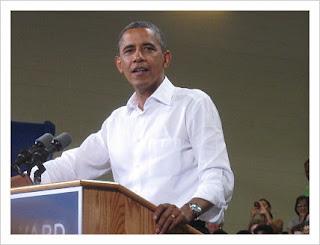



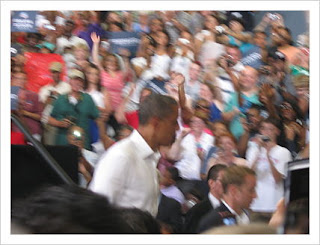
.jpg)
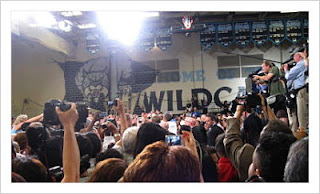




 Sorry, honey, not tonight/
Sorry, honey, not tonight/



